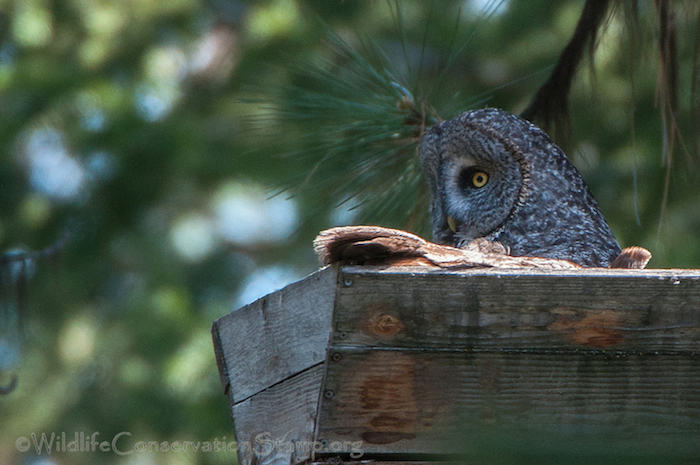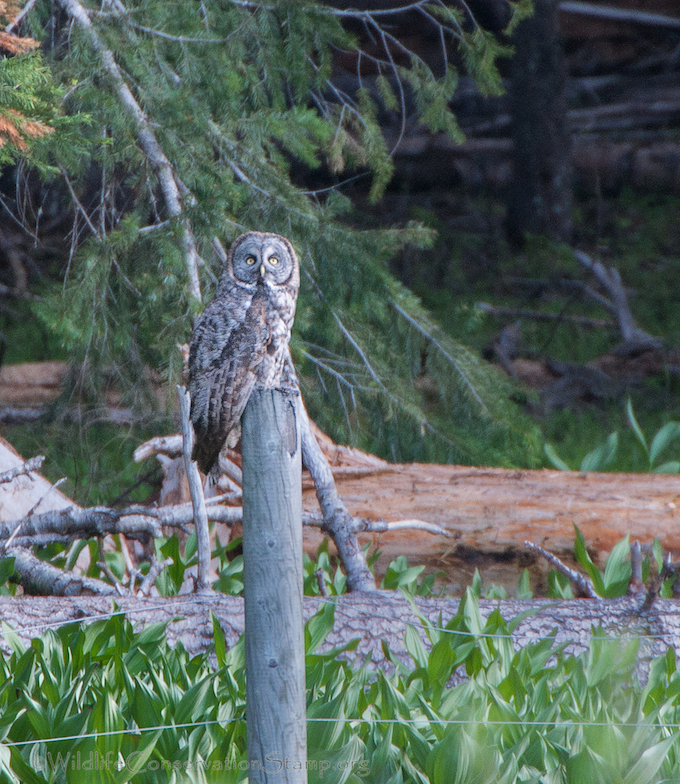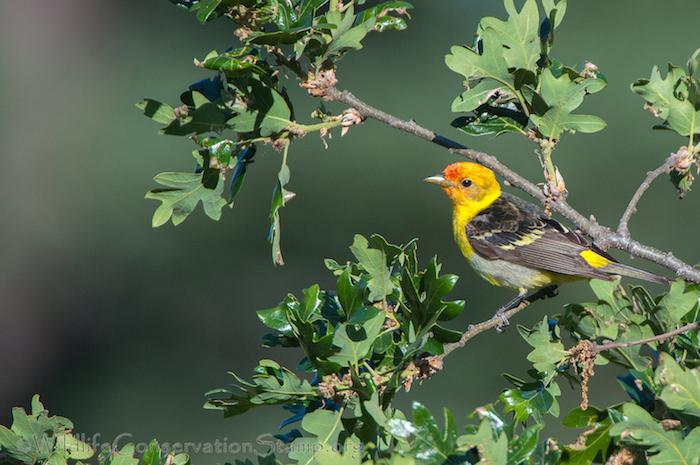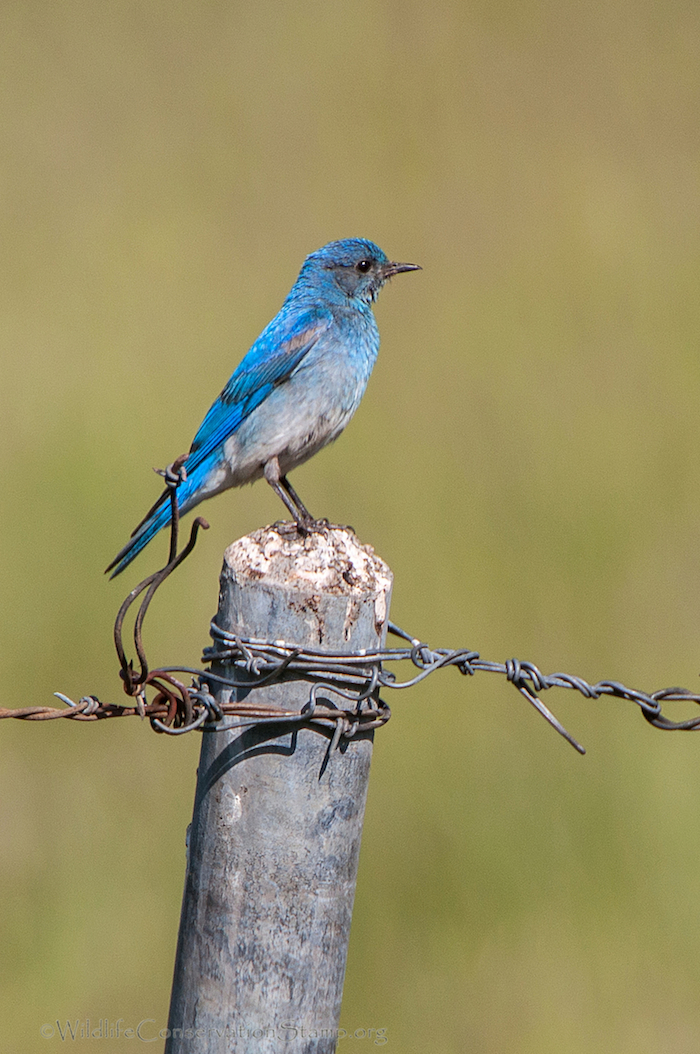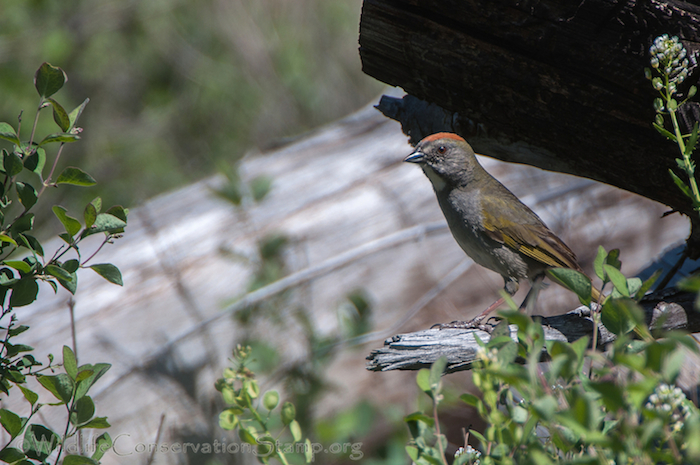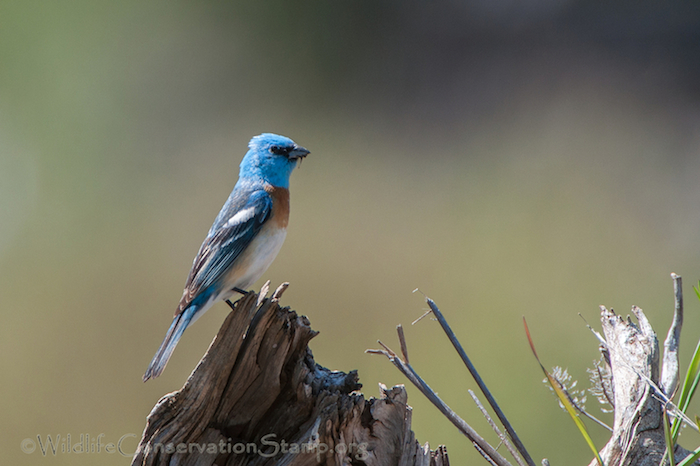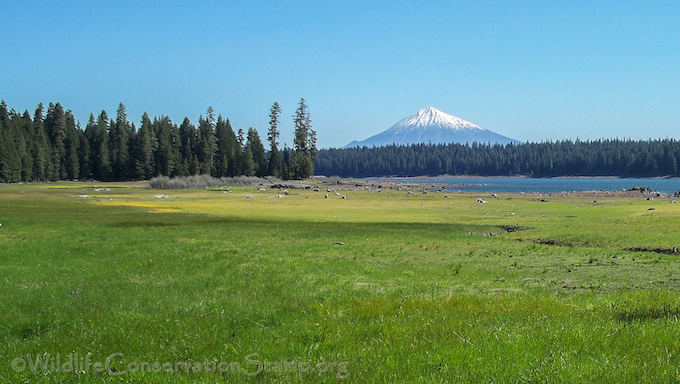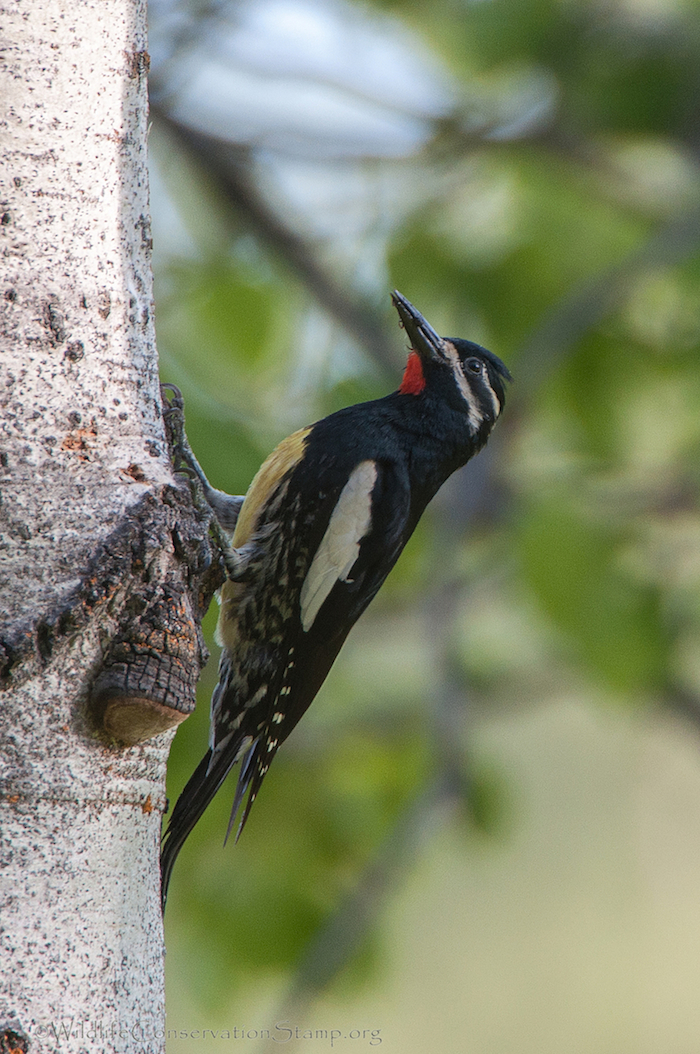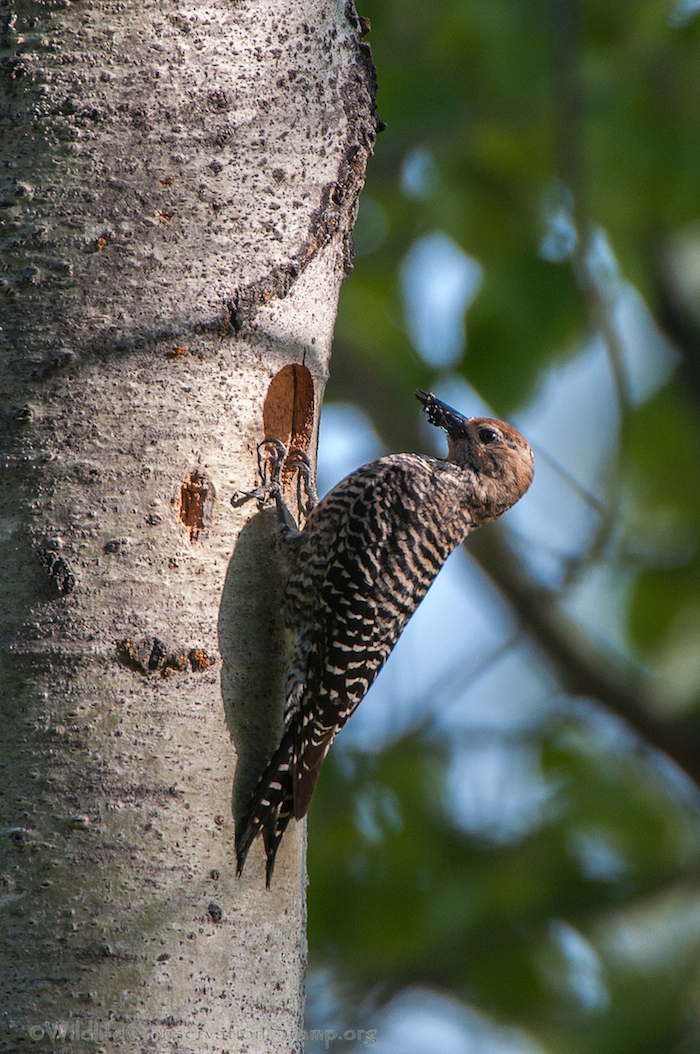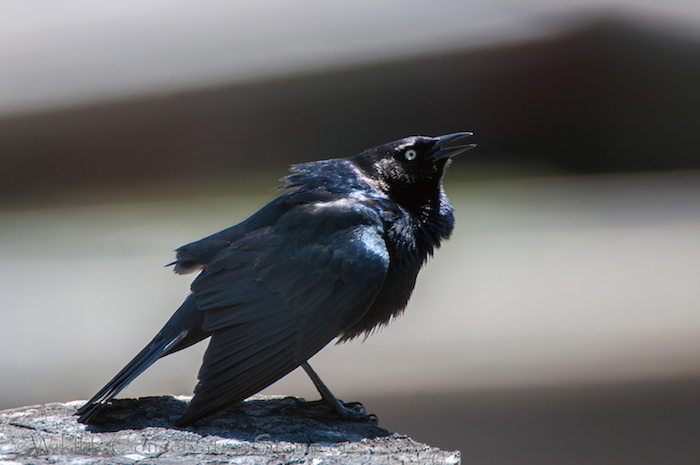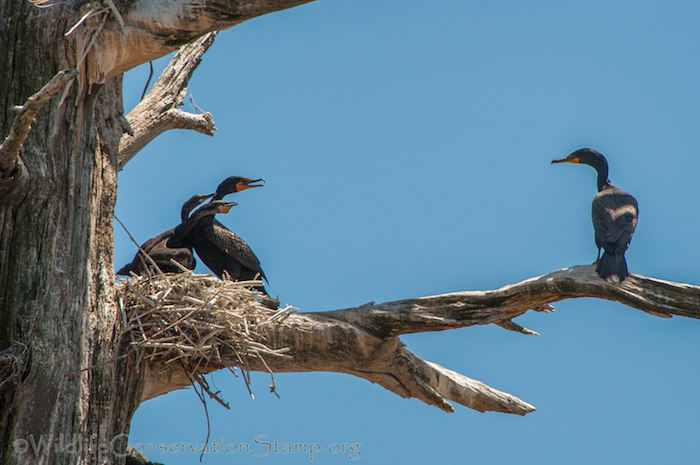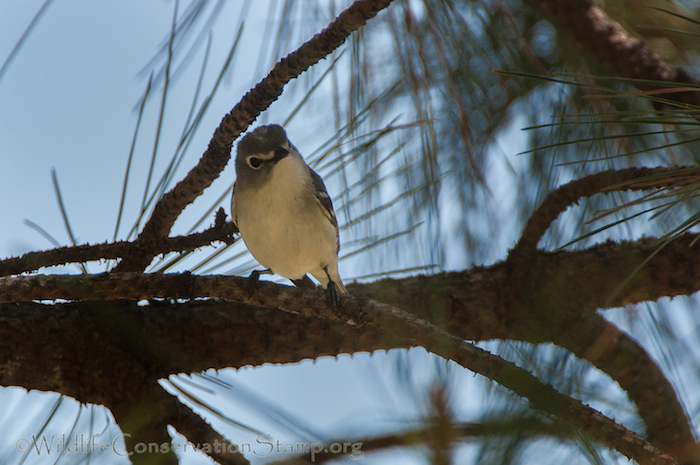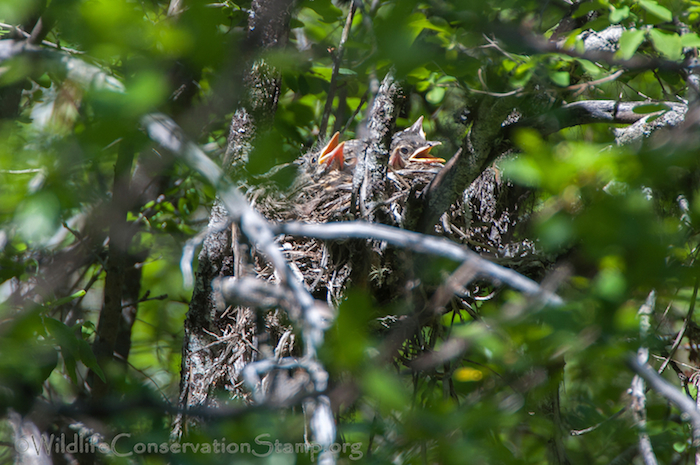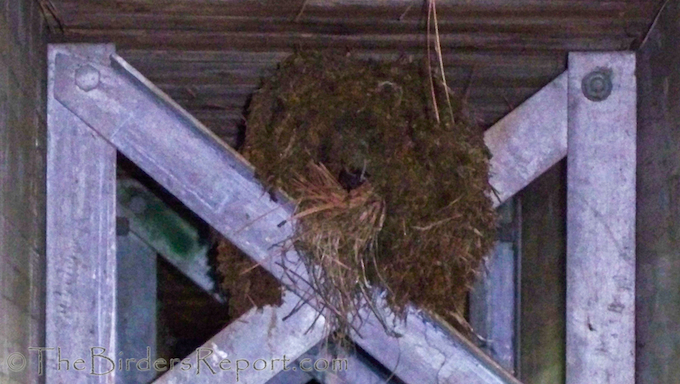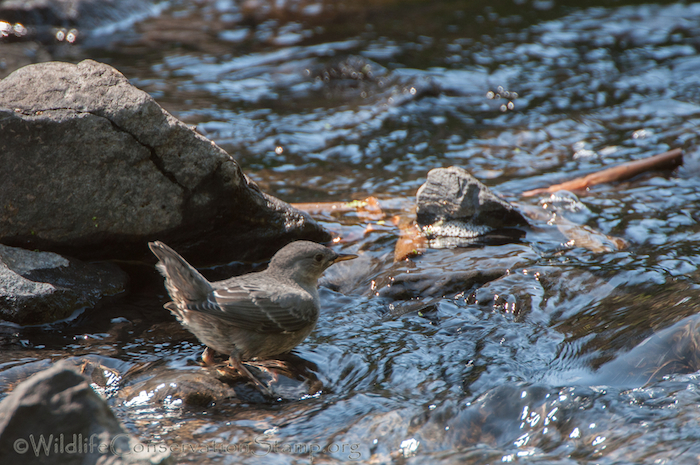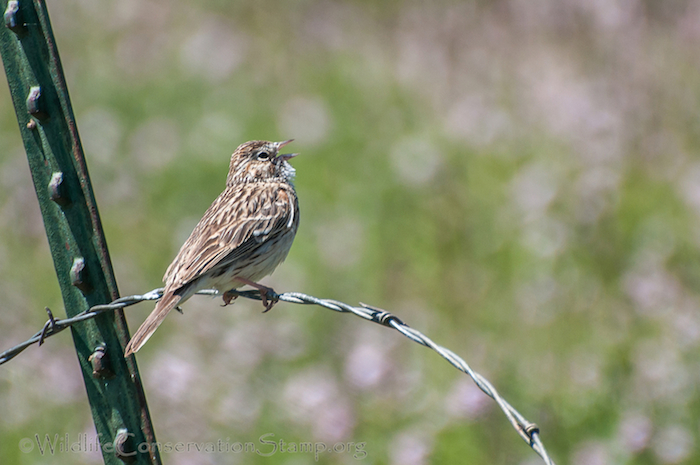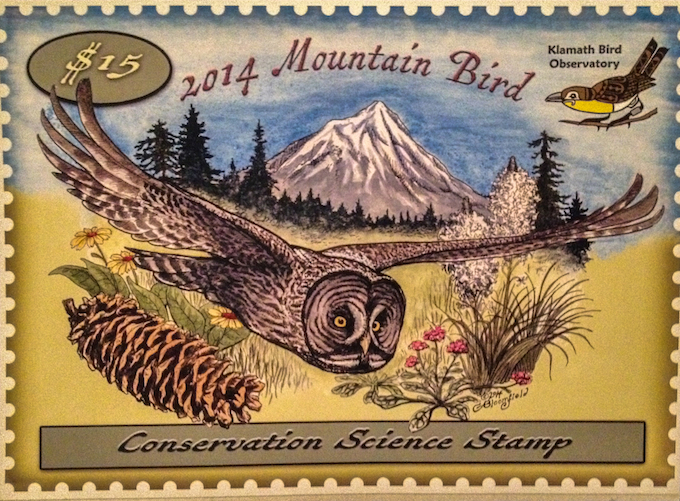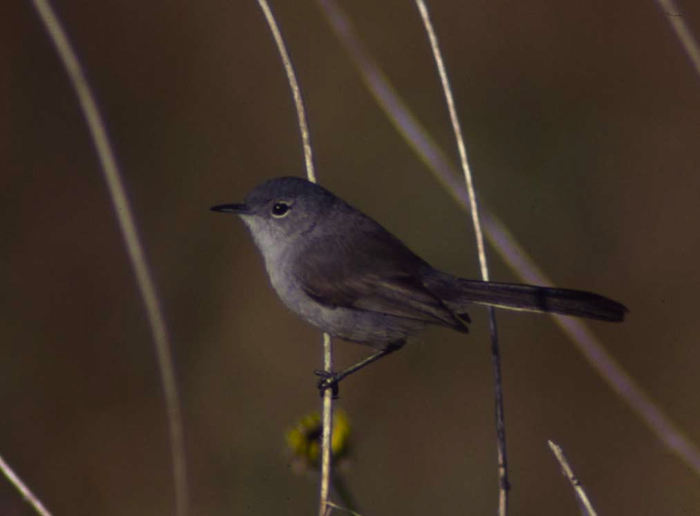What a great time I had at the inaugural Mountain Bird Festival in Ashland. I saw three life birds during the two day event, a Cassin’s Vireo, Vesper Sparrow and the Great Gray Owl (Strix nebulosa) shown above. This owl was nesting in an artificial platform provided by a local landowner who allowed us to observe the nesting owl. Click on photos for full sized images.
Another treat a few of us were able to observe was two Great Gray Owls hunting in an open meadow on Keno Access Road along the east side of Howard Prairie Lake, at the forest edge, at dusk. Harry Fuller, President of the Klamath Bird Observatory Board, led the all day Cascade Mountain Lakes trip which ended with a small group of die hard owl observers eager to see these beautiful owls in the open, and what a treat it was!
Earlier in the day, along Dead Indian Memorial Road, we got great looks at several birds including what appears to be a first year male Western Tanager (Piranga rubra).
We also observed Cliff Swallows nesting under a concrete structure on Walker Creek and under the eaves of a home adjacent to the creek.
Across the road from the nesting swallows were Yellow Warblers foraging in the willows along the roadway and our first look at Mountain Bluebirds (Sialia currucoides). A female seemed to be hanging around a tree stump out in the middle of a field but this male was foraging near the road.
Looking up, as we made our way toward Howard Prairie Lake through some sagebrush habitat, we witnessed a flock of American White Pelicans flying overhead. What a beautiful sight to see from a mountain road.
We stopped in search of one of my target birds of the trip, the Green-tailed Towhee (Pipilo chlorurus). This secretive species is usually heard before being seen, but we managed to spot this male as he occasionally popped up out of the surrounding brush.
They give their presence away with characteristic ascending, catlike mew calls, and breeding males become conspicuous when singing their diverse song, which consists of short phrases of jumbled notes and trills. You can here both their call and song in this recording from Xeno-canto.
While searching for the elusive Towhee, this male Lazuli Bunting (Passerina amoena) jumped up and posed atop a nearby stump.
This being the second day of the festival, part of our journey with Harry Fuller took us to territory I had previously visited with John Alexander, Klamath Bird Observatory’s Executive Director, specifically the Howard Prairie Lake area where we saw the nesting Great Gray Owl.
We spotted Bald Eagles from the trail, flying into their nest site in the tall trees across a large shoreline meadow next to the lake. This photo of Mount McLoughlin was taken looking across that meadow and the lake before us.
There was a stand of Aspen trees near the owl nest where we spotted Hairy Woodpeckers nesting in a cavity about three feet off the ground. In the same stand of trees was a nesting Northern Flicker and a pair of Williamson’s Sapsuckers (Sphyrapicus thyroideus). This is the handsome male …
and the female at the cavity entrance with a beak full of insects for the nestlings.
Back at the park entrance, near the boat launch area we spotted nesting Tree and Barn Swallows as well as Brewer’s Blackbirds (Euphagus cyanocephalus). This is the male Brewer’s distinguished by his bright yellow irises.
Along the lake shore we stopped at what was appropriately termed the Cormorant tree. Little did I know until we approached it that it was a snag, loaded with nesting Double-crested Cormorants (Phalacrocorax penicillatus)!
Just prior to this photograph, the two nestlings were causing a lot of commotion begging food from the adult at the nest as the other adult landed a few feet away on the branch.
In the conifers surrounding the parking area we found more Yellow Warblers but also one of my other life birds, the Cassin’s Vireo (Vireo cassinii).
As we made our way to Little Hyatt Reservoir we found a Western Wood-Pewee working the trees along side the road and spotted an American Robin (Turdus migratorius) with a beak full of food. Sure enough, s/he was feeding a nest full of baby robins. We all watched as the parent birds came and went to the delight of the hungry chicks.
Just below the reservoir dam, under the footbridge crossing the river there was a known American Dipper (Cinclus mexicanus) nest. I crawled under the bridge to take a photo of it for the Egg & Nest ID page of my blog. The Water Ouzel (my favorite bird name) breeds on mountain streams and often builds their nest overhanging water. They are a bulky domed structure of moss, with an internal cup of of moss and grasses, lined with dead leaves and about 12 inches across.
This is the juvenile Ouzel that was foraging the creek, flying back and forth, under the bridge from the dam, downstream and back. The juvenile is lighter overall than the adult and has the orange based bill.
The Vesper Sparrow (Pooecetes gramineus) was actually the first of the life birds I saw on the first day of the festival. Then we found it the second day also, singing from a perch.
These were just some of the highlights of the festival for me. One of the keynote speakers, Barry Kraft, a Shakespearean actor, gave a spectacular rendition of his experiences growing up with a Raven as a pet.
Finally, with my purchase of the Mountain Bird Conservation Science Stamp, I was pleased to support Klamath Bird Observatory‘s scientific programs that inform management for healthy land, air, and water in the Klamath-Siskiyou Region of southern Oregon and northern California.

